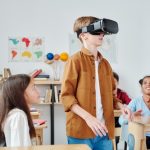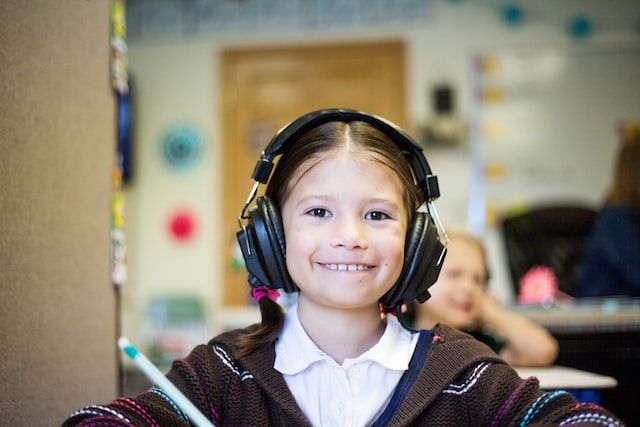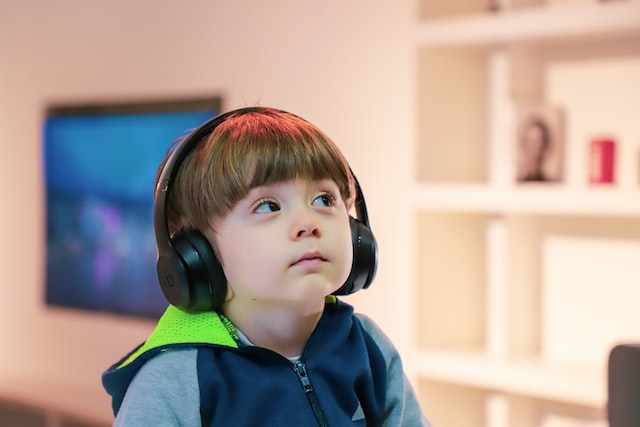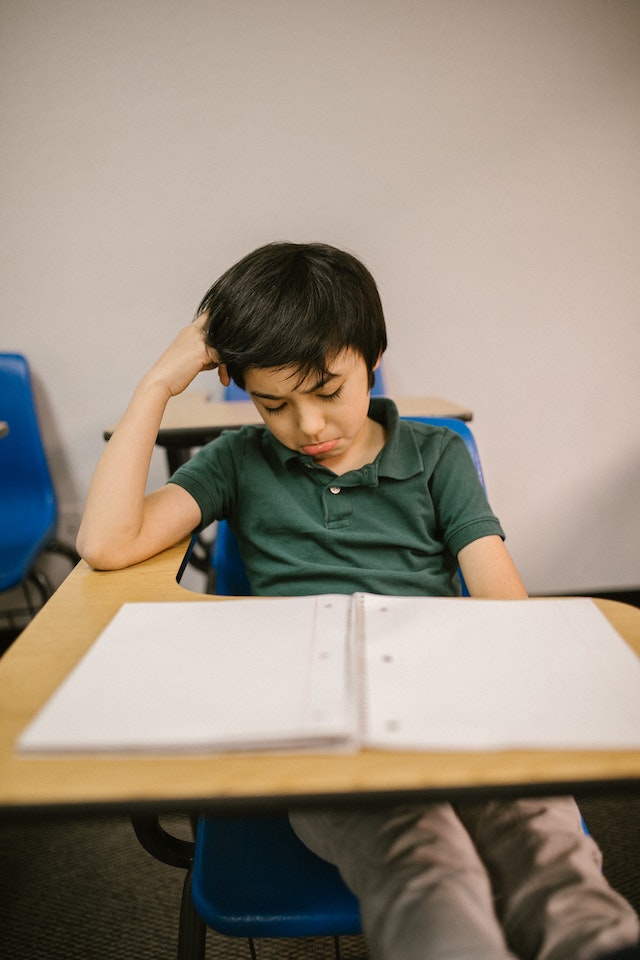
5 Ways Virtual Reality Enhances Learning
March 14, 2023
Technology in learning can be a great equalizer. In learning settings involving students with disabilities and special needs, technology can help bridge the gap to ensure that nobody gets left behind. This is where virtual reality (VR) technology can make a huge difference. With such a tool at their disposal, teachers will be able to tailor-fit their instructions and lessons based on the learning needs and capacity of the students. As a result, they can empower students with special needs and make them interested and motivated to learn.
Many educators are often faced with the challenge of how to include special needs students in the many classroom activities. When students are struggling with certain subjects, however, keeping up with these activities can be very challenging. Technologies like VR make it possible for educators to differentiate which students need an extra helping hand in the classroom. With the tool at hand, it is possible to make slight tweaks and changes to assignments to ensure that they are well within what the students can grasp. When used effectively, digital technology can boost engagement in classrooms.
Making use of assistive technology
In traditional learning settings, educators will often rely on the use of worksheets and textbooks as the main medium of instruction. While this may work in classrooms when every student is at the same level of learning capacity, this can be a different story in learning settings where there are students with disabilities. Oftentimes, this teaching method will be unsuccessful, causing the special needs students to get left behind as a result.

In recent years, many educators have employed the use of assistive technology to augment learning settings where students with disabilities are present. This involves the use of a variety of tools from computer software and communications tools to tablets and VR. In learning settings where students with disabilities are present, VR technology has the potential to make a huge difference. It is especially useful for students with learning disabilities, behavioral disorders, sensory impairment, severe cognitive disabilities, and attention deficit disorder.
Breaking down the physical obstacles
Oftentimes, kids with physical disabilities are limited when it comes to what they can do and participate in when in class settings. However, with VR, it is more than possible for them to engage in other activities they would never be able to in traditional learning settings. There is no limit to what one can do in the virtual world. So, even physical limitations such as being in a wheelchair cannot hold back students from experiencing things they would not be able to in the physical world.
In classroom settings, physical limitations can make it challenging for students to grasp certain ideas and concepts being introduced in the classroom. Through the virtual environment, however, there is a way for them to access learning opportunities that would otherwise be out of their reach. Through the simulated world of VR, students can experience virtually anything from swimming to surfing to skiing to anything that the technology can simulate. And that can be a very empowering experience.
Support for students with special needs
VR can offer special needs students the support they need to boost their motivation to learn more. Oftentimes, it can be disheartening to continue learning when you are limited by so many things and you’re learning at a significantly lower pace than the rest of the class. With VR, students with special needs can enjoy the full advantage that the VR learning setting can offer.
Through simulated lessons, they will discover that learning is more fun when they do not have to be limited by their disabilities. For kids with special needs that are experiencing some challenges with their communication skills, the interaction they can learn through the VR world can be a game-changer. This is especially useful for kids with hearing issues and special needs. Educators may even be able to promote social contact through a VR headset when teaching kids on the spectrum.

Learning in a secure setting
It’s quite common for students with special needs and disabilities to find it challenging in social settings and the classroom is no exemption. Because of their limitations, many might feel awkward inside the classroom setting. Some students with disabilities would often withdraw to a corner as their physical limitations already make them feel isolated from the rest of the class.
With VR, students who are mentally or physically challenged will be able to learn in a setting that is secure, safe, and relaxed. The simulated world of virtual reality offers them a safe zone where they do not have to feel awkward about their disabilities. When students can learn in such an environment, they will feel more motivated as learning is now associated with a positive experience instead of the usually awkward encounters they are used to.
Promoting independent learning
VR is known for its experiential and immersive learning experience. When students can interact with the concepts, lessons, and theories being presented, they can have a better grasp of what is being taught. When kids are no longer reliant on a teacher to facilitate instruction, they get to learn at their own pace. This does away with the pressure to keep up with everybody else.

When every student can’t perform the same activities, VR can be used to provide students with different activities based on their capabilities. What’s even better is that this can be done discreetly, so students won’t have to feel embarrassed about doing something different from the rest of the class. VR allows them to do that without having to feel embarrassed about it.
In the VR setting, learners will have more freedom to take up lessons at a pace they are more comfortable with — something that is very necessary for students with disabilities. The fact that one can also just revisit lessons and subjects at any time means they can take their time to go over concepts that they have not wholly grasped the first time as many times as they need to. Some special needs students may require revisiting topics more than a few times to fully grasp a lesson. It is also for these reasons that VR is transforming homeschooling.
A promising development
With VR in schools, students with special needs can benefit from progressive learning techniques that are conducive to their capabilities and takes into consideration their limitations. Virtual reality makes it possible for students to go beyond the limitations of their four-walled learning environment. Whether they want to explore the Eiffel Tower, visit the pyramids, learn what happened on D-Day, or even visit space, it is possible with VR. For students who have always been grounded by their physical and mental limitations, this is an empowering experience. VR in special education is a step in the right direction. As the technology progresses and evolves, it is only a matter of time before it becomes the norm in any learning setting.